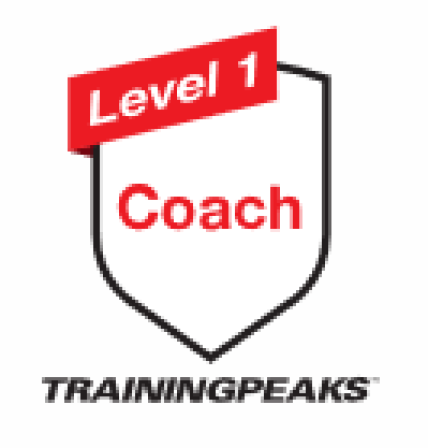Swim tubing - the perfect exercise to improve swim stroke
Swim tubing exercises are the perfect exercise to stimulate the swim stroke while out of the water. It can be used as a replacement for a water training session if the training fails or as an additional training.
Studies have shown that regular pull rope training significantly increases swimming speed.
During the tubing training, the entire underwater phase is simulated and both coordination and strength are trained.
The focus is on clean execution. A low load should be used for precise technique training. A high number of repetitions with a corresponding load is chosen to train strength and endurance.
| The video was filmed with Steve Tarpinian taken in one of our training camps. (a longtime partner and companion. † 2015 www. swimpower.com), |
The strength of the tube and the number/length of training sessions must be individually chosen by each person, depending on their level of performance.
Tubes for swimming training are available in different strengths.
Description Swim Tubing
Starting position:
- the tube is slightly under tension
- bent but most possible straight back
- facing slightly forward, similar to swimming
- stable standing with both legs next to each other
Execution:
- Bending of the forearms / water grabbing with inner rotation of the shoulder, here no significant force is being applied yet
- Press hands/arms straight back with high elbows
- The speed should be progressive, i.e. starting slowly at the beginning of each movement and then increasing the speed
- Backward movement is done with the same movement
Notice:
The exercise should normally always be performed with both arms at the same time. The hands should be in the same position as when swimming, they should be open and not grasp the grip.
A finger paddle attached to the grip increases the comfort and a technically correct execution considerably.
Exercise options:
The push and pull phase can be trained in isolation.
Training examples:
|
By time: 15 x 1:00 min - 1:00 min rest 20 x 1:00 min - 1:00 min rest 30 x 1:00 min - 1:00 min rest |
By number of repetitions: 10 x 15 reps - 1:00 min rest 20 x 20 reps - 1:00 min rest 30 x 30 reps - 1:00 min rest |
Cons:
Breathing and leg movement cannot be trained. Furthermore, it is not possible to train the coordination of the movements of the core, which are necessary for rotation, in any way.
 EN
EN  DE
DE 






